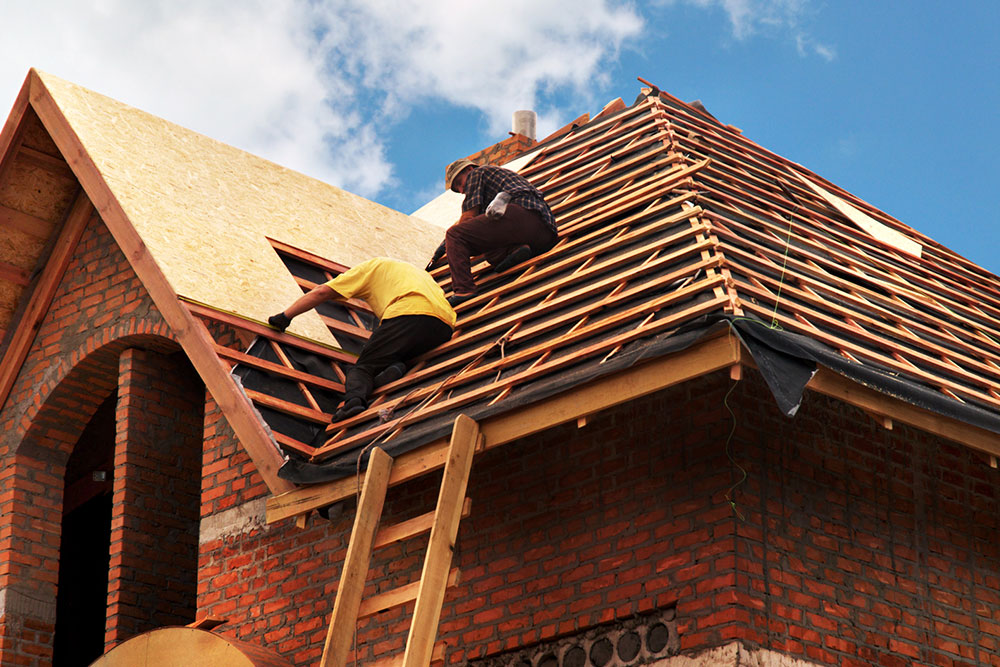7 tips for choosing the perfect roofing company

A roof is essential for protecting the interiors of a house from extreme weather conditions. Despite regular maintenance, roofs experience constant wear and may need to be replaced over time. One’s best bet at getting good quality roofing is to find the right roofing contractor. But with several contractors claiming to be the best at the job, a homeowner may need to do a little research before signing a contract.
Set a budget
The first step in selecting the ideal roofing contractor is to set a budget. By determining a price range, one can narrow one’s options and avoid those beyond one’s budget. Setting a budget will also help prevent roofing companies from offering inferior materials for a lower price.
Ensure the contractor is licensed
Each roofing contractor should be bonded, licensed, and insured. The documentation helps assure homeowners that the job will be done right. One should check if the roofer has the necessary license and permits to undertake projects in one’s region.
Consider the contractor’s experience level
Investing in new roofing is expensive, so it is important to consider how long the roofing contractor has been in business and whether they are well-established in one’s area. An experienced roofer will be able to execute the job more precisely. While it may be tempting to choose a newer company offering a cheaper quote, doing so could lead to a poor roofing job.
Look for roof warranties
When hiring a professional, one should consider a roofer who offers warranties. A warranty protects a homeowner from paying more if the roof installation is not up to the mark or if other mistakes occur during the process that need rectification. The warranty could range from 1 year to 25 years or even a lifetime.
Get multiple quotes
While one might find a contractor that quotes a certain price, one must always get three or more quotes in writing, compare each element, and decide. A good roofing company will also have a knowledgeable representative who help the homeowner through the documentation process and answer any questions one might have about it. One should also get each quote in writing to avoid discrepancies in the future.
Ask about old roof removal and disposal
While a roofing company might offer the best price in the market, some quotes may not account for removing and disposing of the old roof. This job often incurs additional costs. So, it is best to discuss the removal and disposal process in advance so that unforeseen costs aren’t added to the final bill.
Choose a company that conducts an inspection
Many roofing companies today ask users to provide a few details online to get a quote for roofing services. However, these figures are usually approximate, and one might incur several additional expenses at the end of the job. To avoid this, a homeowner must find a roofing company that inspects the job site before drawing up the quote. The expert may check the elements like the roof and the supporting structures and even make suggestions to help improve the home’s overall safety.


